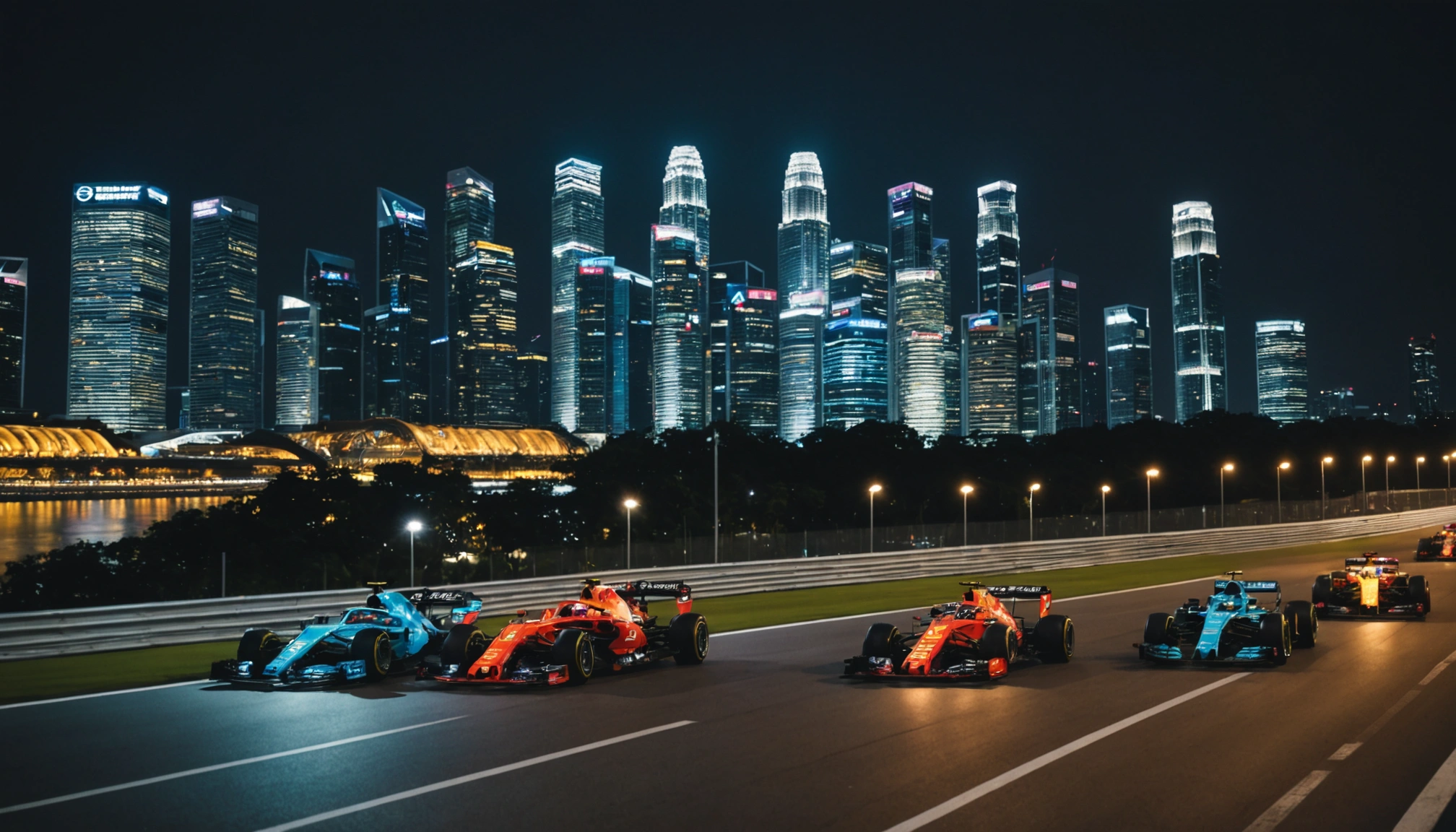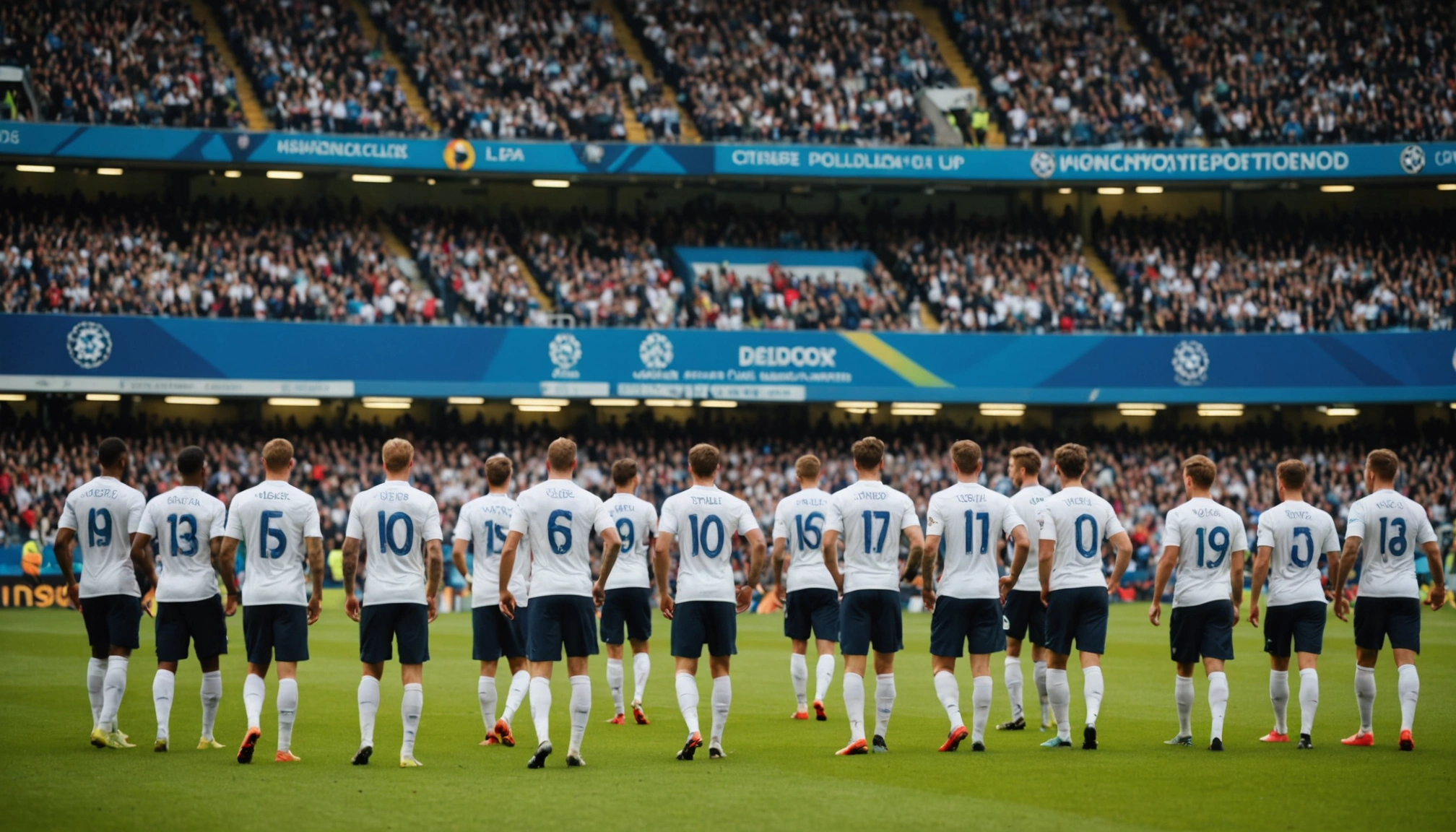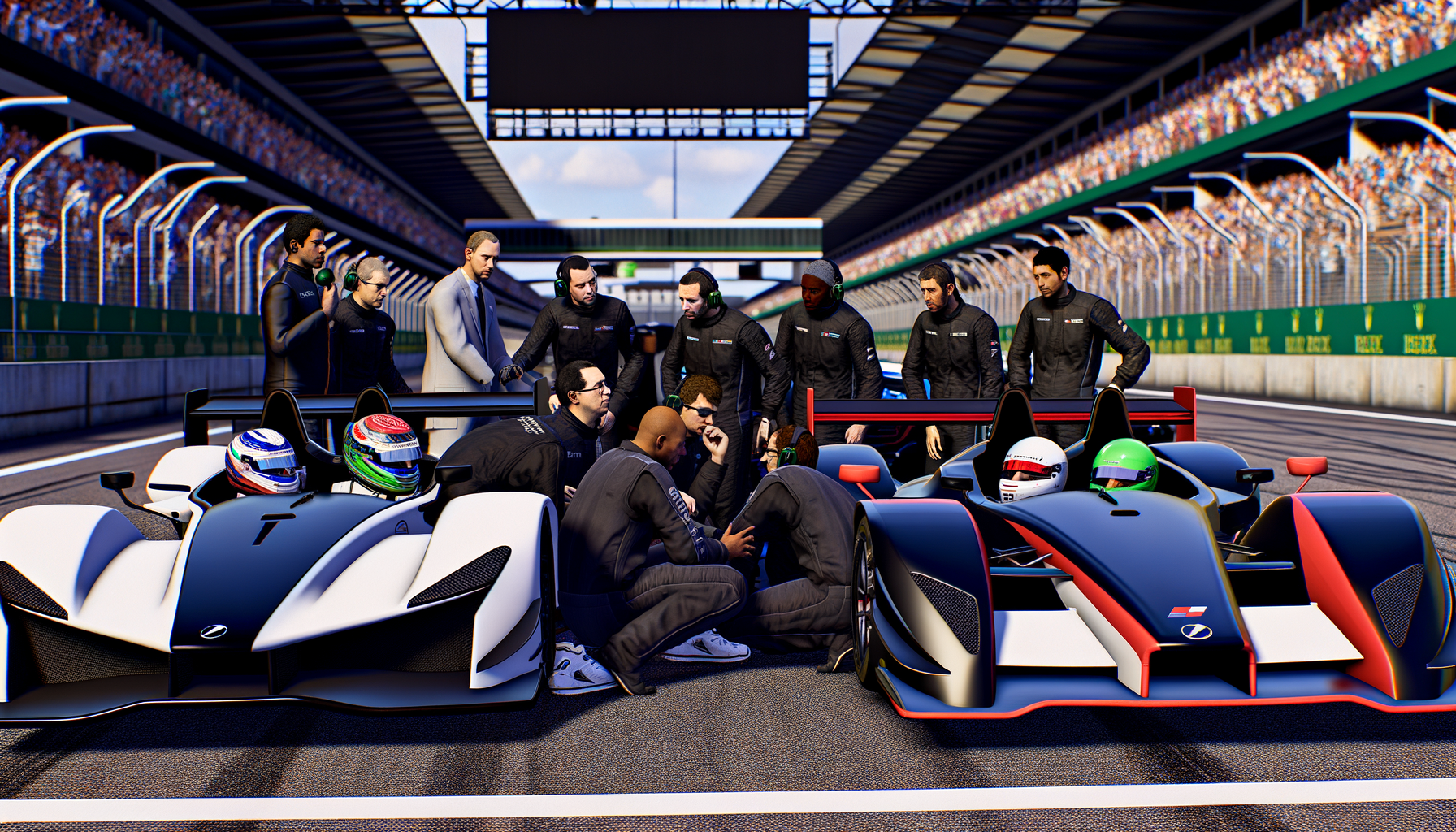Singapore Grand Prix 2025: Heat Hazard And Championship Stakes
Discover the challenges and excitement of the 2025 Singapore Grand Prix, F1’s first heat hazard race, and McLaren’s bid to clinch the constructors’ title.

By Editorial
Introduction to the 2025 Singapore Grand Prix
The Singapore Grand Prix is renowned as Formula 1’s original night race, a spectacular event that combines thrilling racing with the dazzling lights of Marina Bay. In 2025, this iconic race returns with an unusual twist: it has been declared F1's first-ever 'heat hazard' race. This designation comes as temperatures soar to levels that pose a serious challenge to drivers’ performance and safety. As fans eagerly anticipate the weekend, teams are strategising not only to win but to manage the extreme conditions effectively.
The significance of the heat hazard declaration
For the first time in Formula 1 history, the FIA has introduced a formal 'heat hazard' warning for the Singapore Grand Prix. With daytime temperatures reaching critical highs, several precautions are in place to protect drivers’ health and maintain competitive integrity. Drivers will face increased risks of dehydration and heat exhaustion, which could impact concentration and reaction times during this physically demanding race. Teams and medical staff are prioritising cooling solutions, hydration protocols, and communication strategies to mitigate these challenges.
This unprecedented move highlights the evolving nature of Formula 1, where climate factors increasingly influence race strategies and regulations. The heat hazard also adds a new layer of unpredictability to the race, potentially affecting qualifying sessions and race pace.
McLaren’s championship ambitions at Marina Bay
McLaren enters the Singapore Grand Prix with a golden opportunity. After a challenging Azerbaijan Grand Prix where Oscar Piastri crashed out early and Lando Norris finished seventh, the team remains firmly in contention for the constructors' championship. They need just 13 points from the Marina Bay race to seal the title.
McLaren’s resilience and technical upgrades have paid dividends this season. Marina Bay’s tight street circuit demands precision and reliability, areas where McLaren has shown marked improvement. Fans will be watching closely to see if they can capitalise on the opportunity and claim their first constructors’ crown in several years.
Key drivers to watch
- Lando Norris: Known for his consistency and clever racecraft, Norris will be crucial in securing vital points under tough conditions.
- Oscar Piastri: Despite his recent setback, Piastri’s talent and determination make him a potential dark horse, especially if he can manage the heat better than his rivals.
- Max Verstappen: The Red Bull driver arrives off the back of consecutive wins in Monza and Baku, keen to extend his streak and disrupt McLaren’s championship bid.
Practice and qualifying sessions: early insights
The first practice session kicked off at 10:30 BST, with Fernando Alonso setting the fastest lap time of 1:32.054 for Aston Martin. The early timing of this session allows teams to assess track conditions before the heat intensifies.
The second practice session at 14:00 BST will be more challenging as temperatures peak, providing a critical test for car setups and driver endurance. Teams often use these sessions to experiment with cooling strategies and tyre management under heat stress.
Qualifying is scheduled for 14:00 BST on Saturday, with the race set for 13:00 BST on Sunday. Given the heat hazard, qualifying performance could be influenced by drivers' ability to adapt quickly to the demanding conditions.
The unique challenges of Marina Bay circuit
Marina Bay is a street circuit unlike many others on the calendar. Its tight corners, limited overtaking opportunities, and unforgiving barriers mean precision driving is essential. Combine that with the sweltering tropical heat, and the race becomes a test of physical and mental endurance.
Drivers must balance aggression with caution, especially as the heat increases tyre degradation and affects brake performance. Teams employ advanced telemetry to monitor drivers’ biometrics, ensuring they remain within safe limits.
Historical context and future outlook
The Singapore Grand Prix has always been a spectacle since its debut in 2008, pioneering night racing in F1. The introduction of the heat hazard warning in 2025 is a reflection of climate change’s impact on global sports. It may set a precedent for other races in warmer climates and encourage further innovations in driver safety and car technology.
Fan engagement and interactive coverage
Fans can follow live updates and insights via social media hashtags like #bbcf1 and email interactions at f1@bbc.co.uk. For those interested in data privacy while engaging with sports polls and quizzes, see how the BBC protects your data in sport polls and quizzes, ensuring a safe and enjoyable fan experience.
Conclusion: What to expect from the Singapore Grand Prix 2025
The 2025 Singapore Grand Prix promises to be a landmark event, blending high-stakes championship drama with the unprecedented challenge of extreme heat. McLaren’s quest for the constructors’ title adds excitement to the race, while the heat hazard declaration forces teams and drivers to innovate and adapt like never before.
Whether you’re a seasoned F1 follower or a casual fan, this race exemplifies how sport evolves in response to environmental challenges and competitive pressures. Stay tuned to Sports Scoop for comprehensive coverage and expert analysis throughout the Grand Prix weekend.
Related topics
Editorial
Sports expert at SportsScoop
Specialist in sports analysis and journalism
Related articles
Want to read more?
Explore our comprehensive collection of sports articles and analysis, or contact us for more information.



